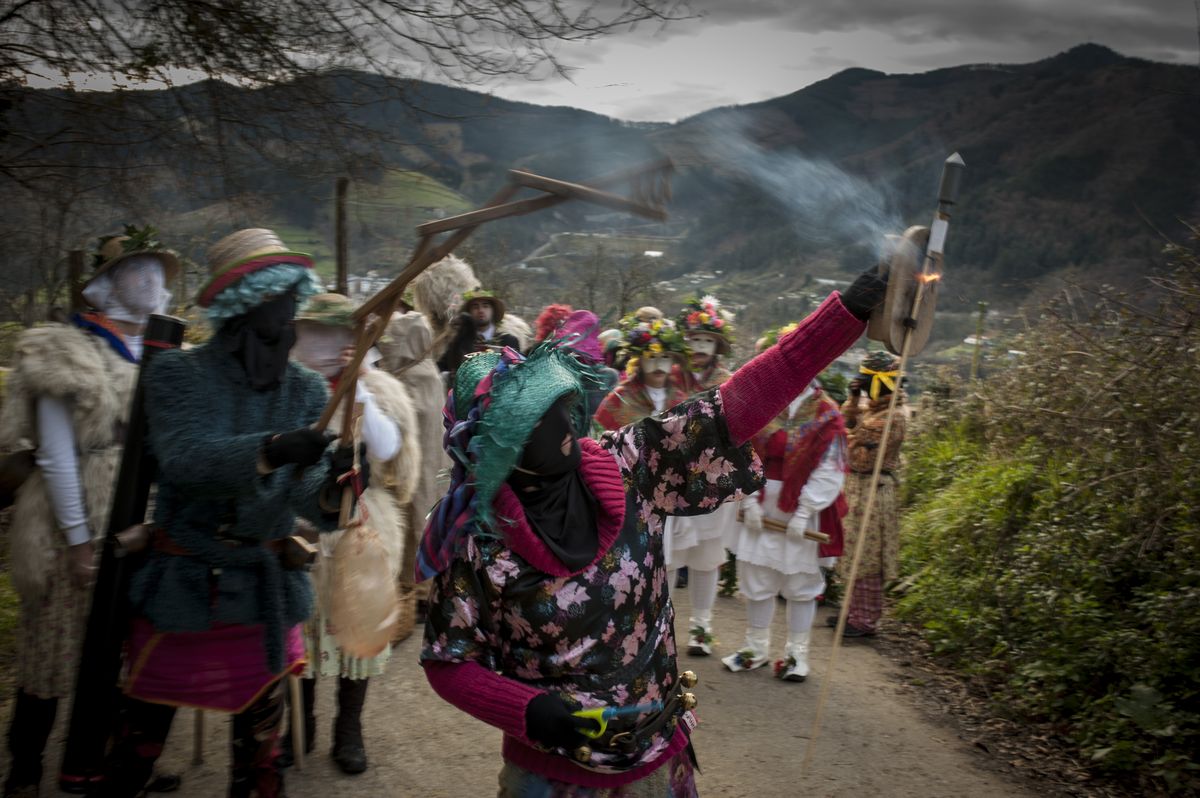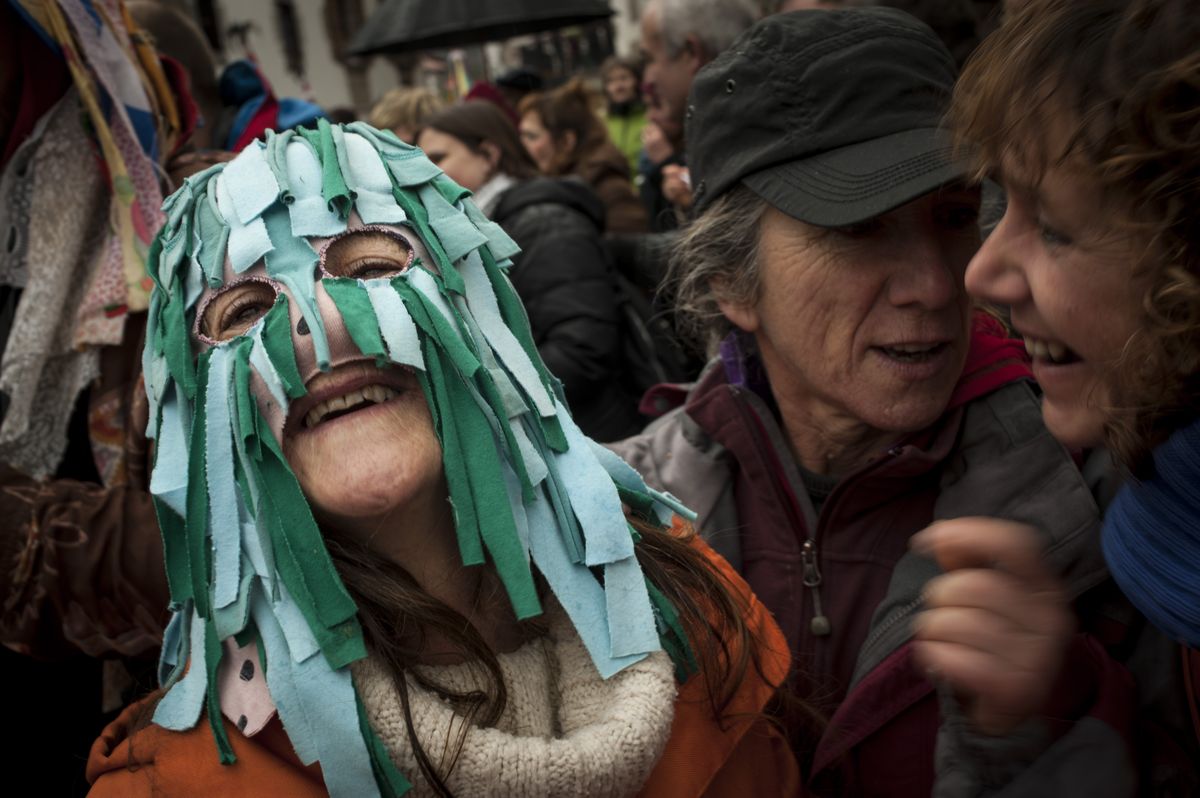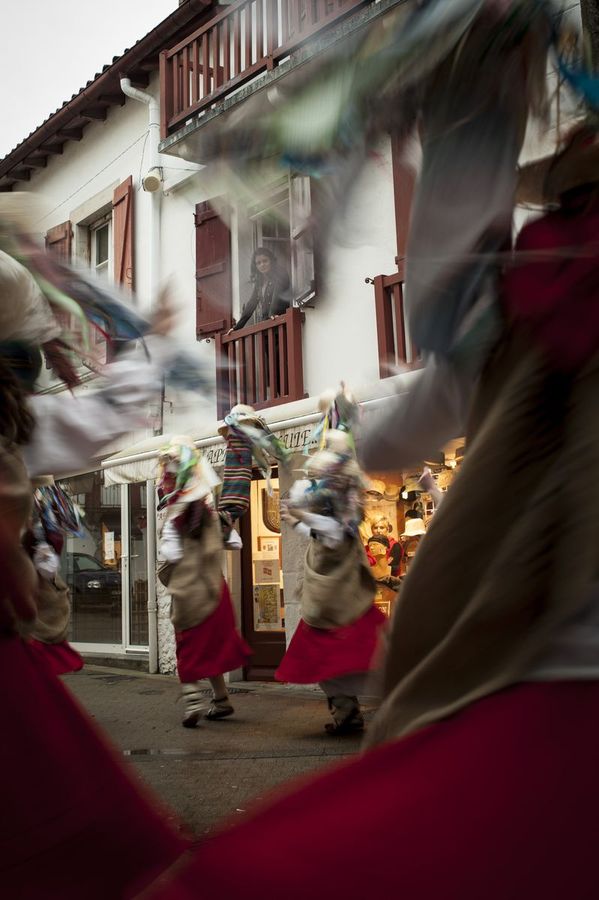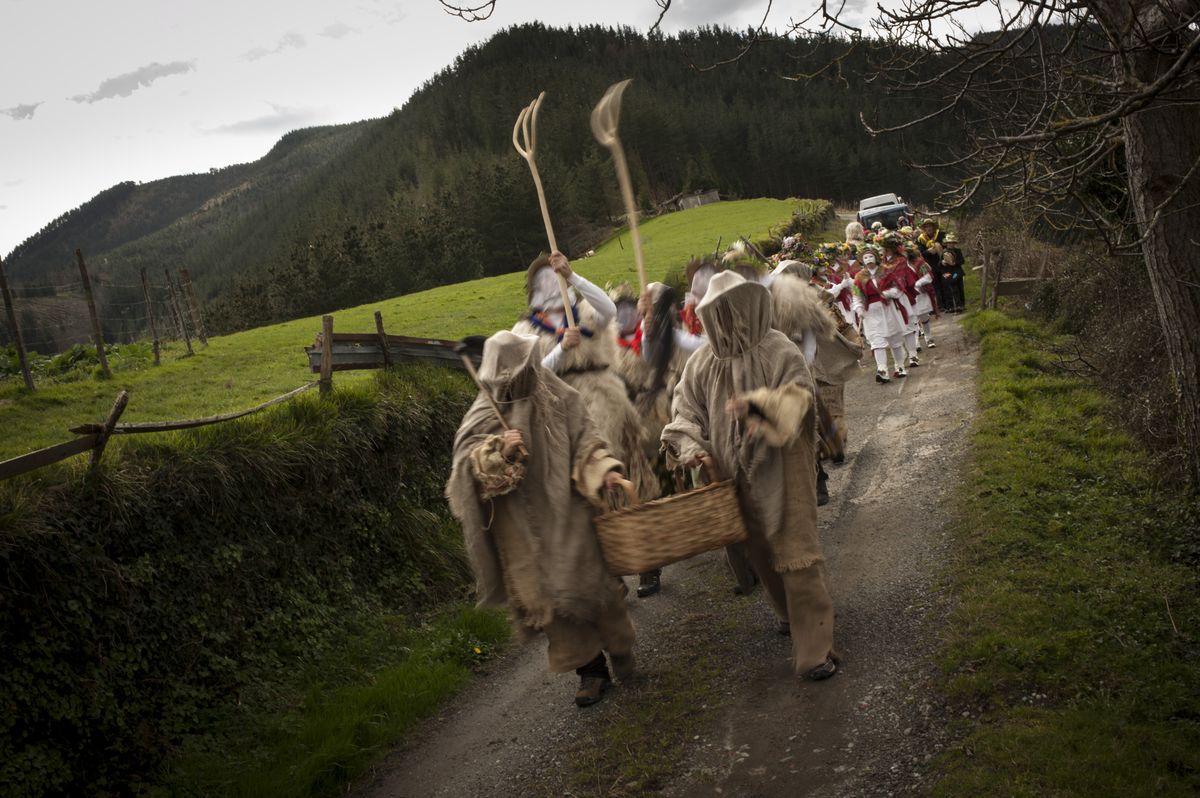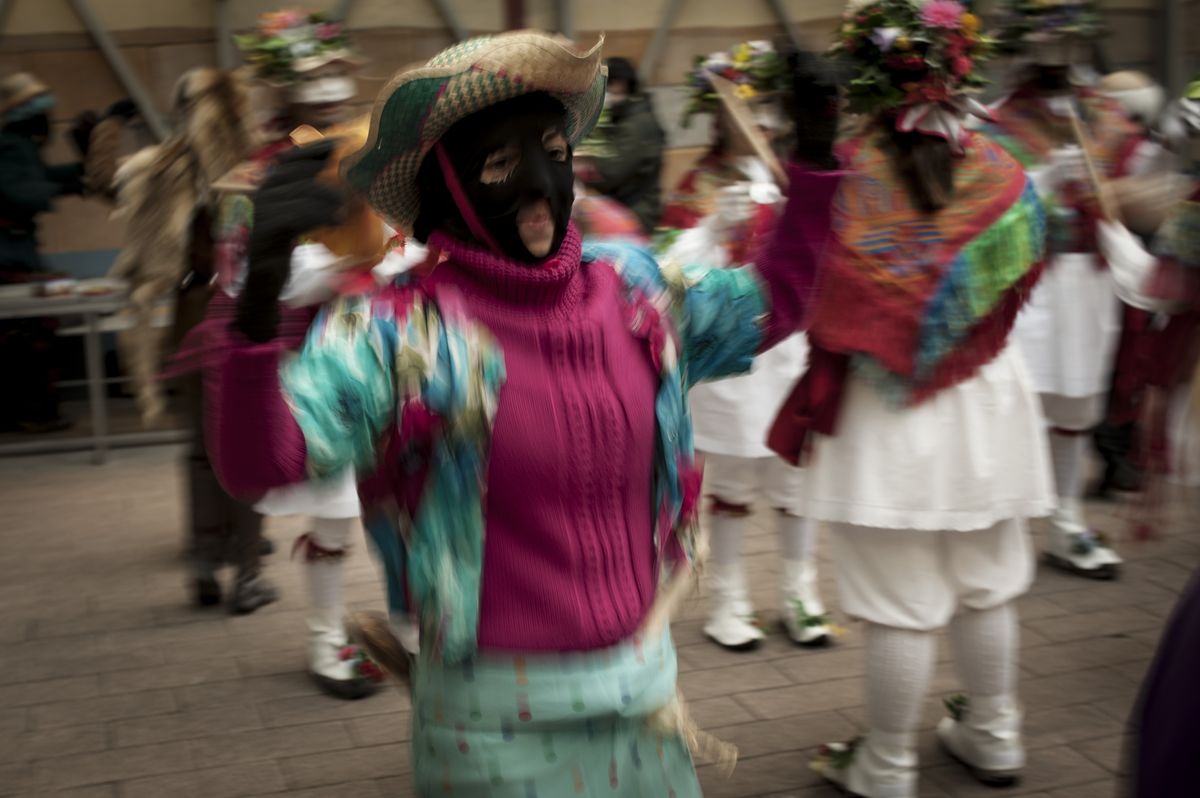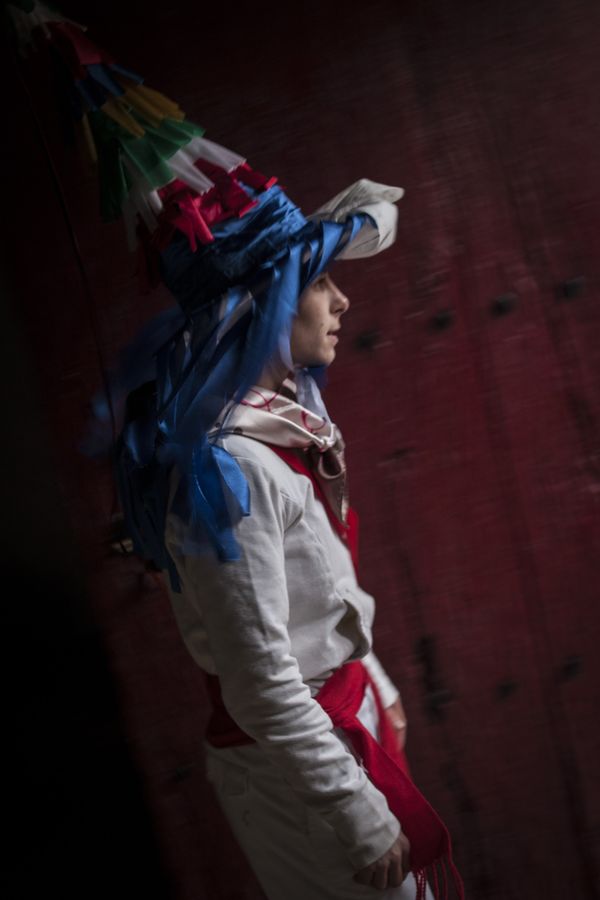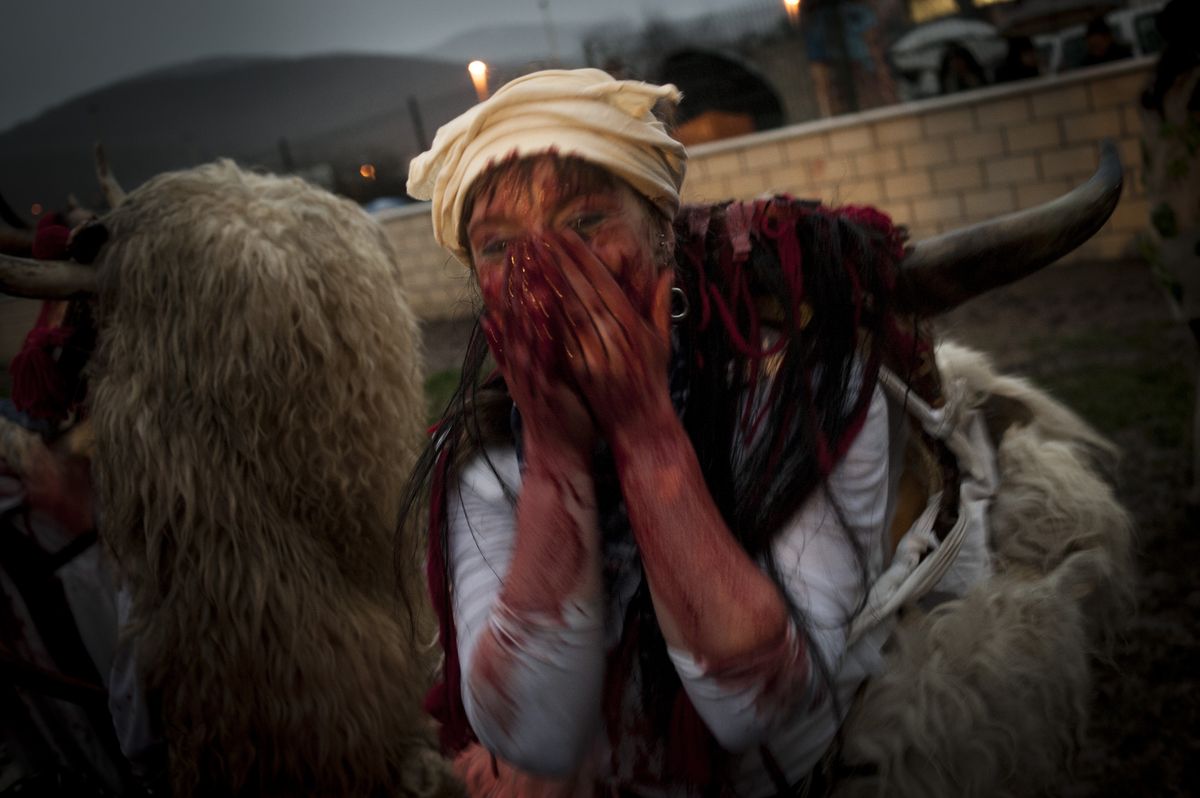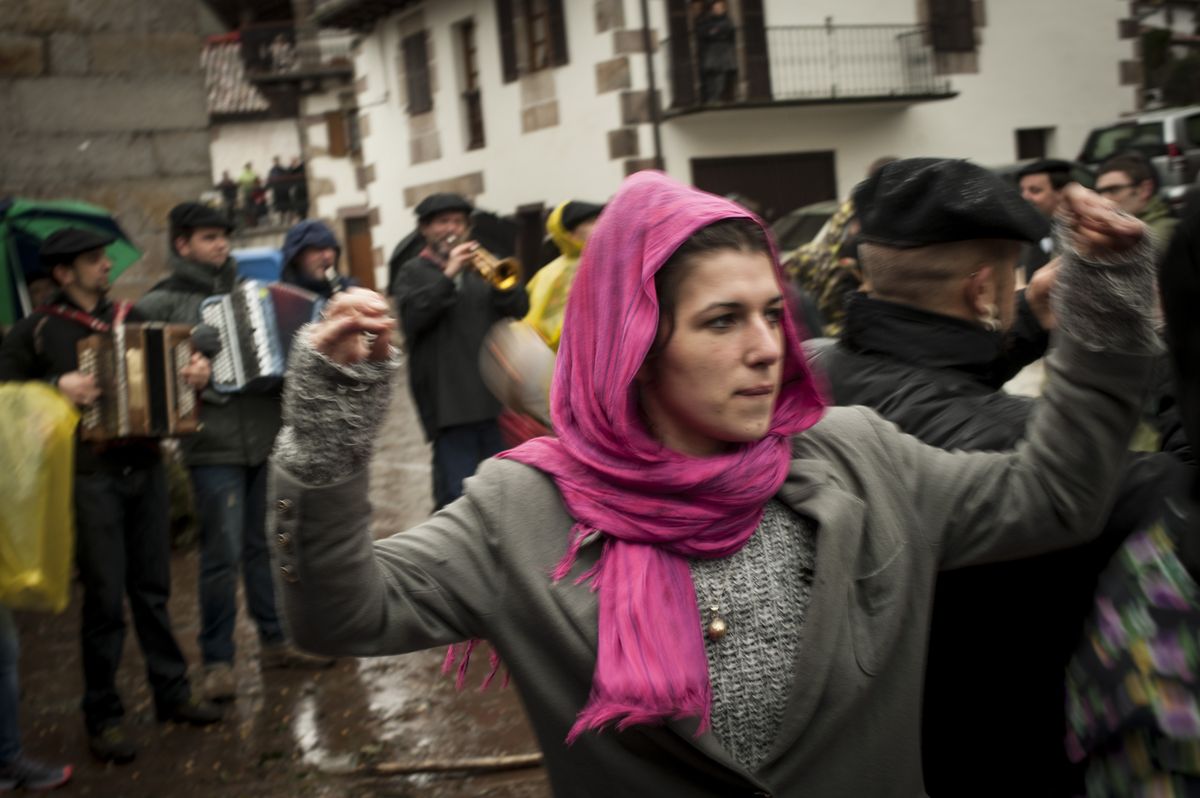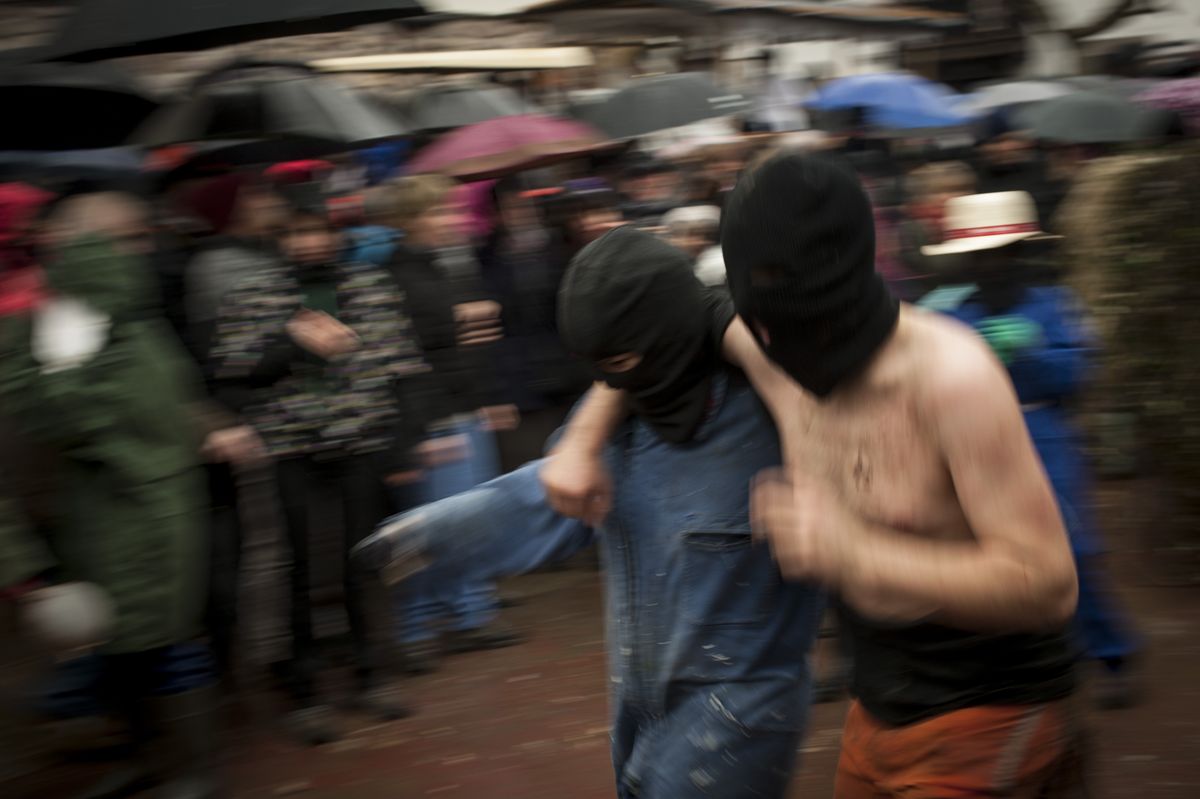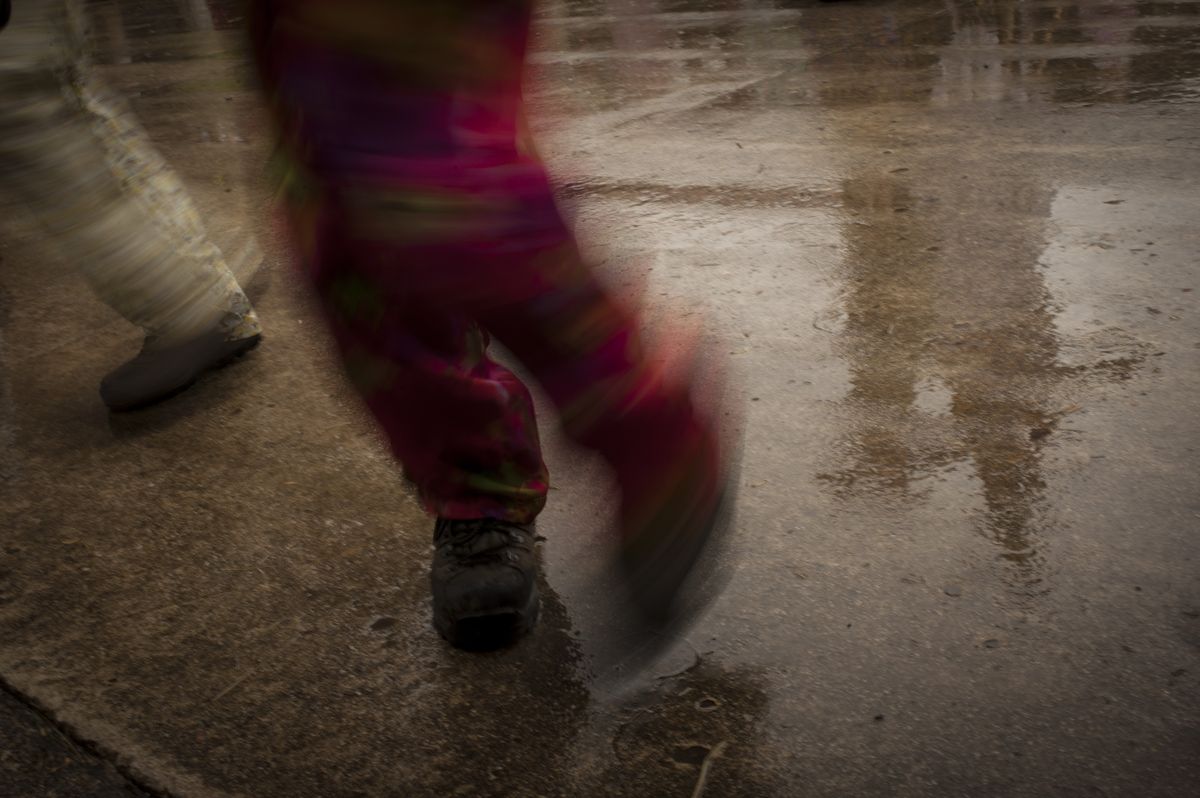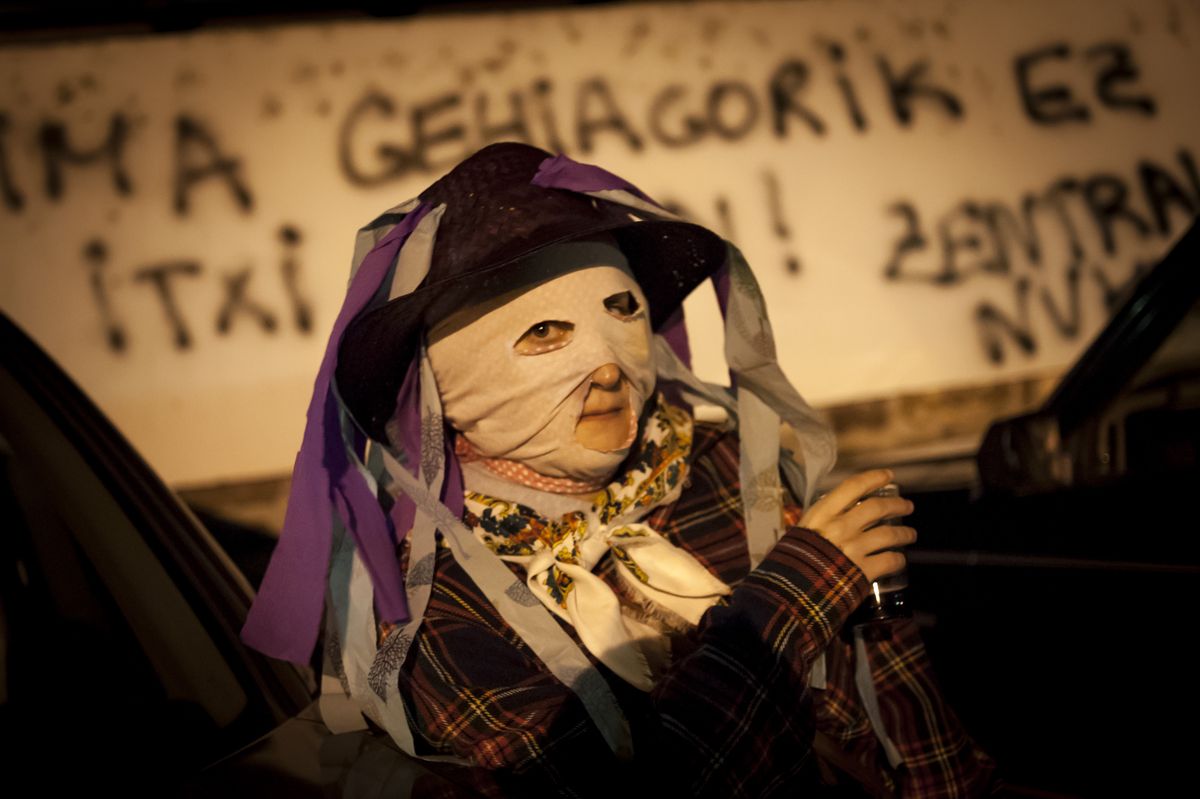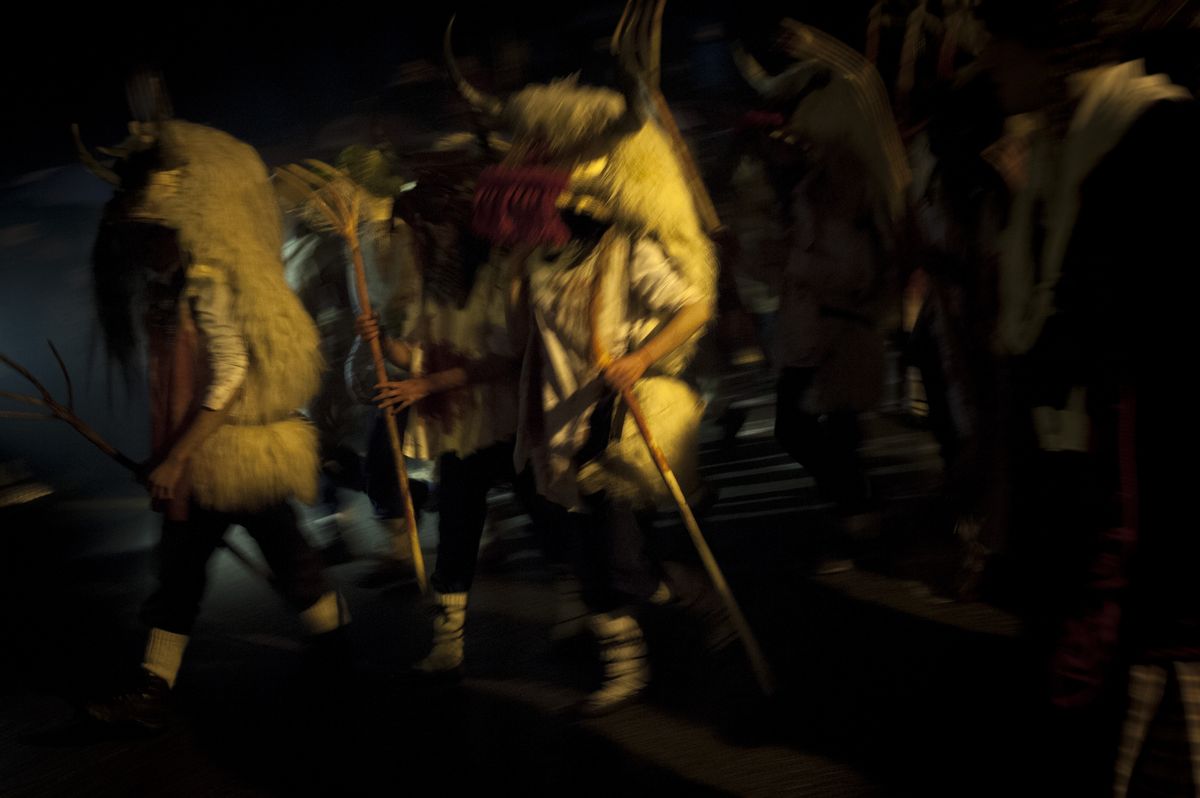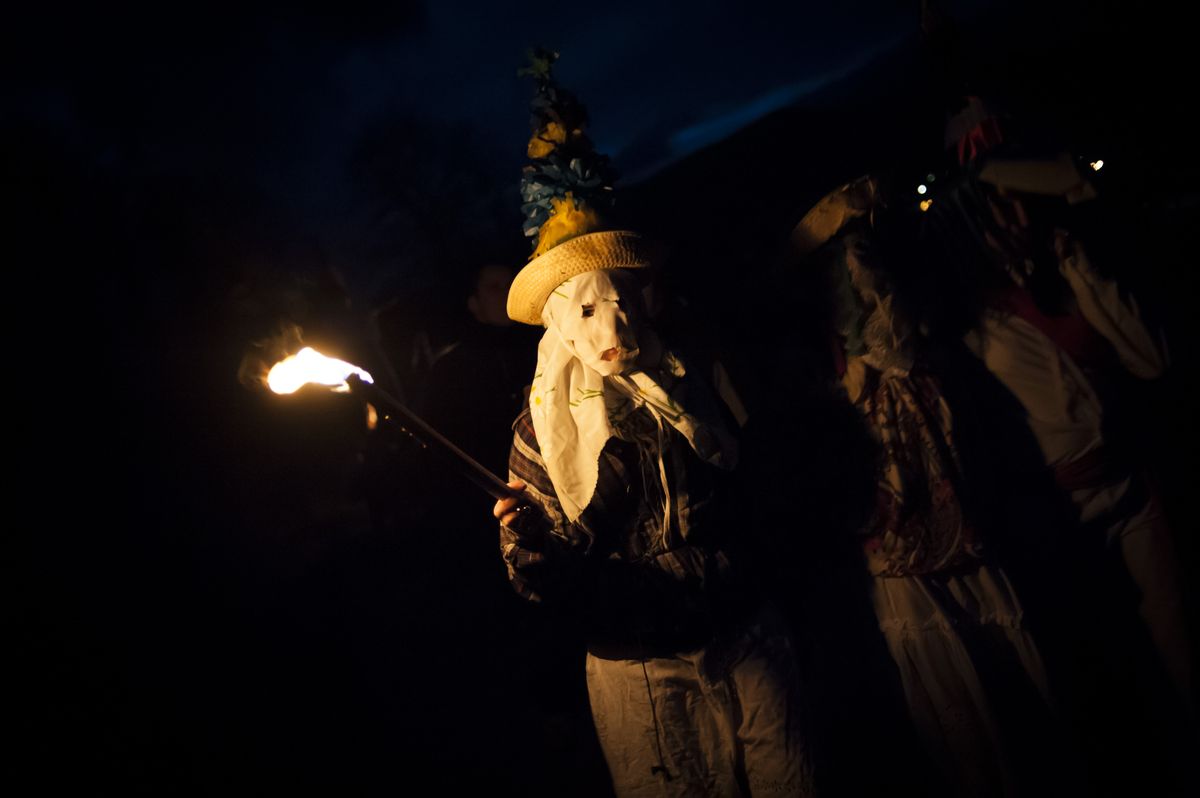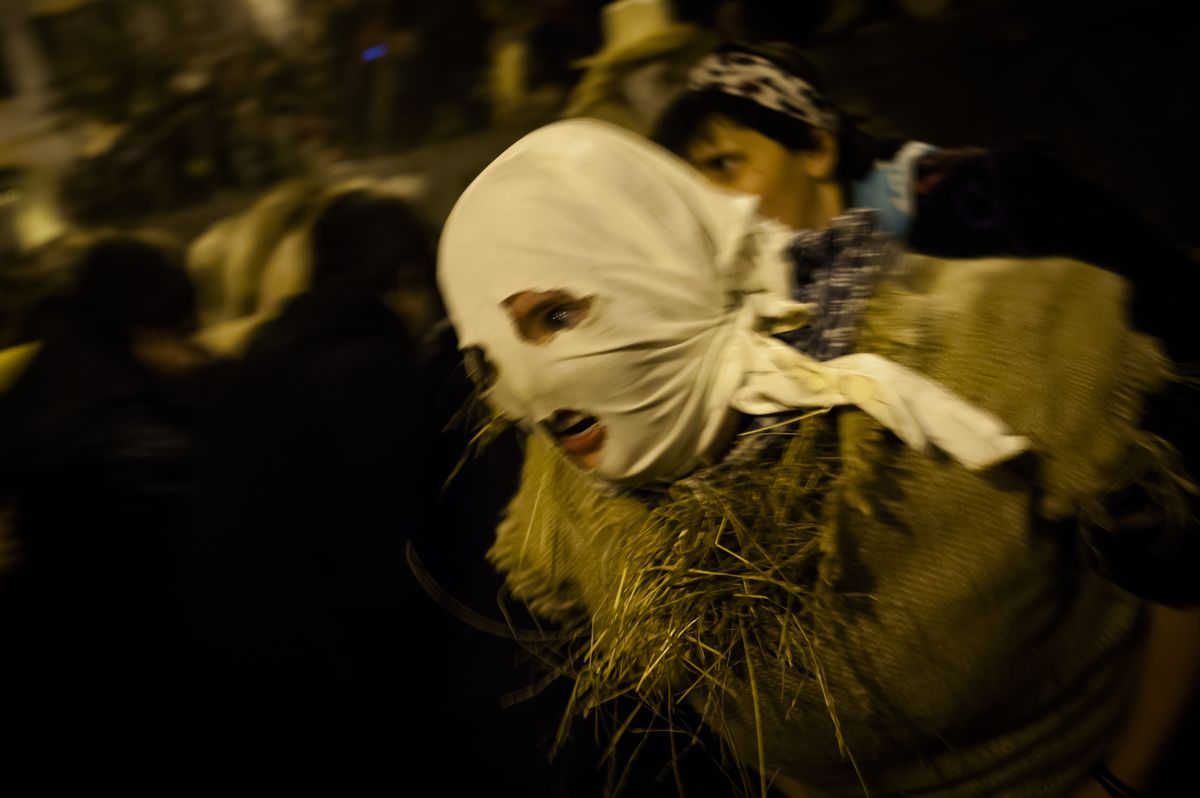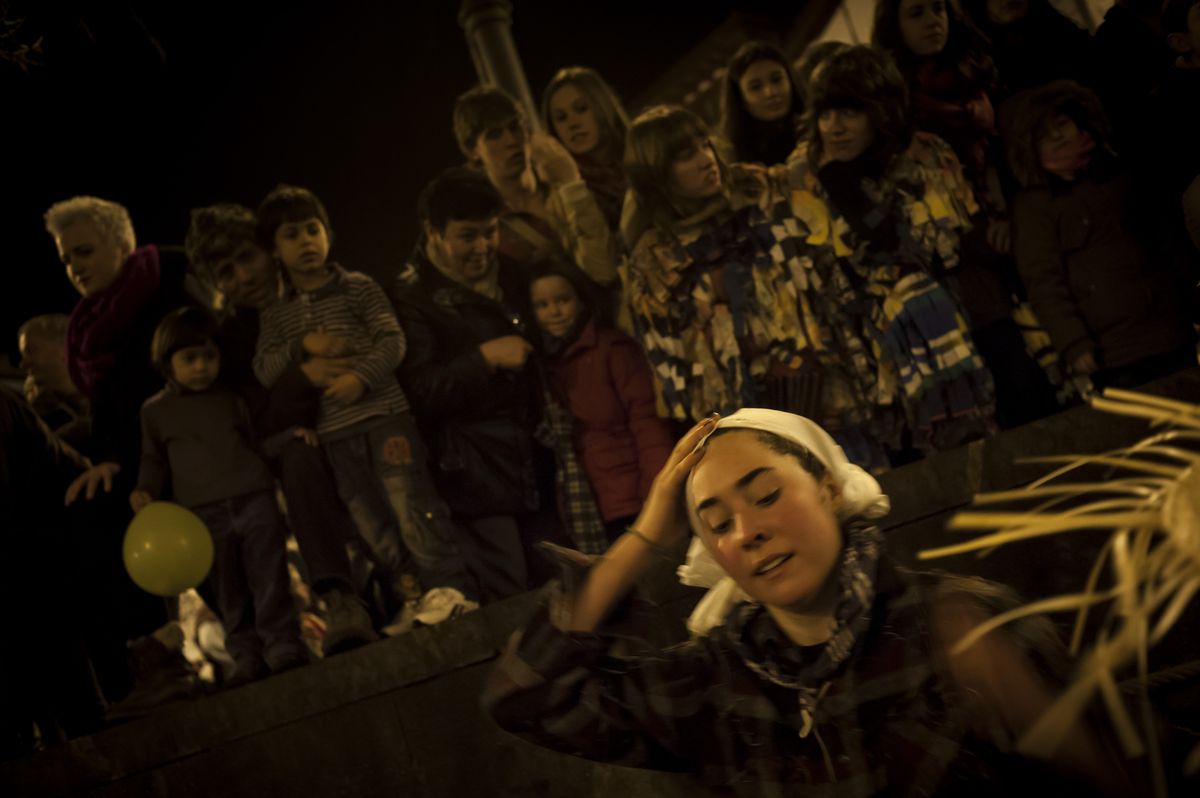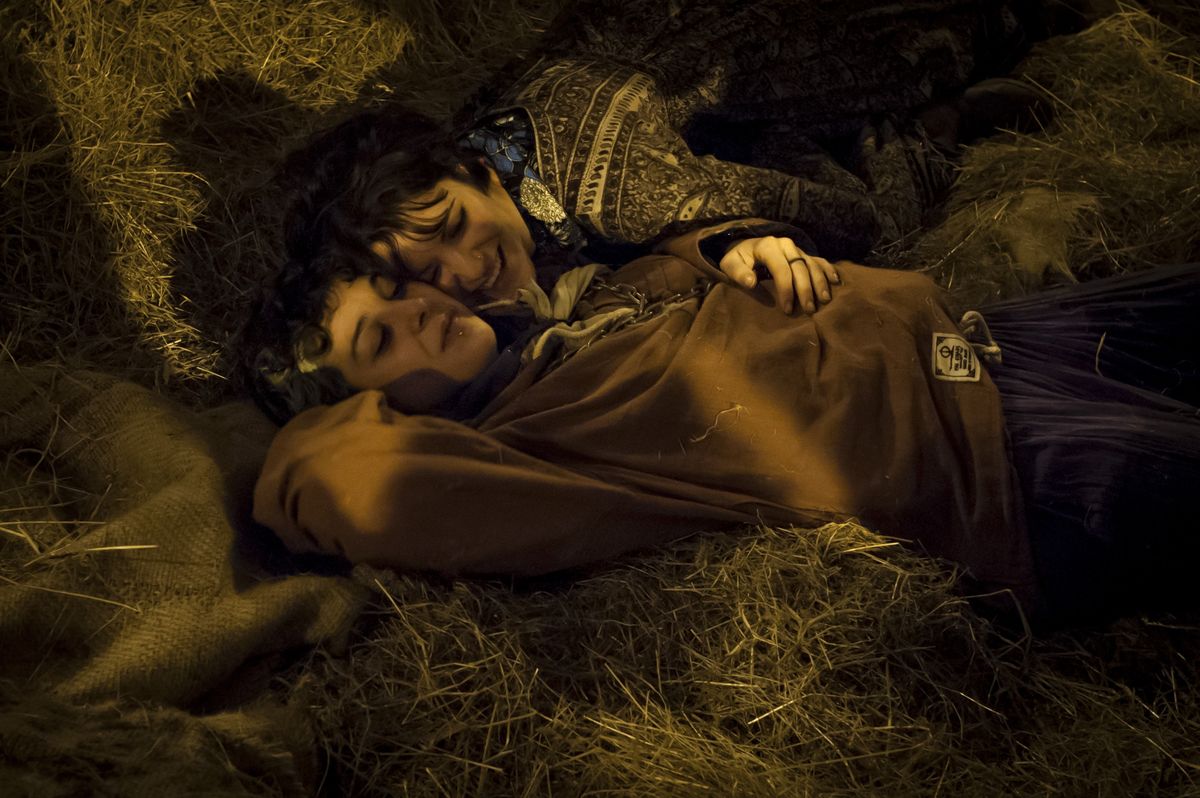
- Carnival is a transgression, a transgression, a rupture. We hide our identity and we become another person, we become something else. In the disguise, we erase our everyday identity, and for a while, we play to be something else. We stop being ordinary individuals who live in chains on a day-to-day basis and become costumes of dreams and nightmares. We leave a dull honesty and anonymity gives us the opportunity to be brave, provocative, shameless, transgressors.
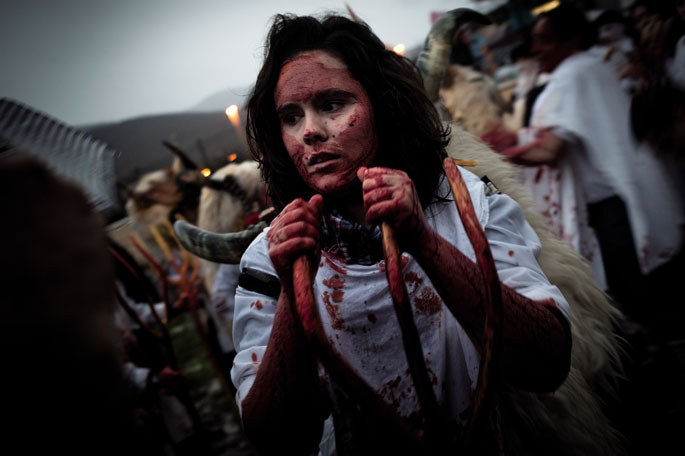
From Orense to Dalmatia and from Sardinia to Navarra the habit of disguising herself as a hard bear, colorful with the branches, a bustling joaldun or a sleek dancer has spread. And woman. The woman, or at least her image, appears again and again on the carnivals. Men like to disguise themselves as a woman, a noble angelic woman or a lascive courtier, transvestites are delicious for men. Dress, with wig, painted lips and tetilla, the carnival offers the man an opportunity to dress as a woman without questioning his virility. A man's identity, no worries about violating his gender dignity. It can even serve to claim virility. Yes, the image of woman is common in carnivals, if what it embodies is a man.
Another thing is for women to participate in the costume party. We make the party of costumes as an exclusive district for men. The ritual we sell as liberators takes advantage of it to strengthen the hegemonic position of men in society. We can break the pace of work through carnivals; what to say about seriousness, order, silence, meekness... But the gender distinction is untouchable. Through carnival, we demonstrate that we are able to guess the boundaries of fracture, to put gender limits.
The freedom of the Carnival is equated with the old democracy of Athens. The right of all citizens to participate in government decisions in the Greek system was politically pioneering. But citizens were free men, women and slaves didn't have tickets for the draw. And right here, we've put the octopus on. In some carnivals who want to reclaim the pedigree of the traditional party, in the midst of chaos they continue to invent norms, norms to be able to continue practicing gender exclusion, in the name of ritual, symbolism or tradition. When and at the same time as we present it as non-normative.
Disguise is a transformative action. The spell doesn't last long until the trail of drunkenness fades a few hours, at most a few days. But in that moment of magic, the transformation of the shell offers us a new identity. We wear a new personality that has nothing to do with what until then has been ours and we dress up as if we had never been more. The costume doesn't have much to do with us, it's not ours, and in addition to size, it doesn't look like us.
Retrograde braid is absurd when you set gender limits to wear certain costumes. The incomprehensible in any context becomes absurd in carnivals. A good strategy for trying to kill a carnival is for the City Hall to organize a parade. Another is to set standards of disguise. Thanks to the women that the carnival has given access to most carnivals.
